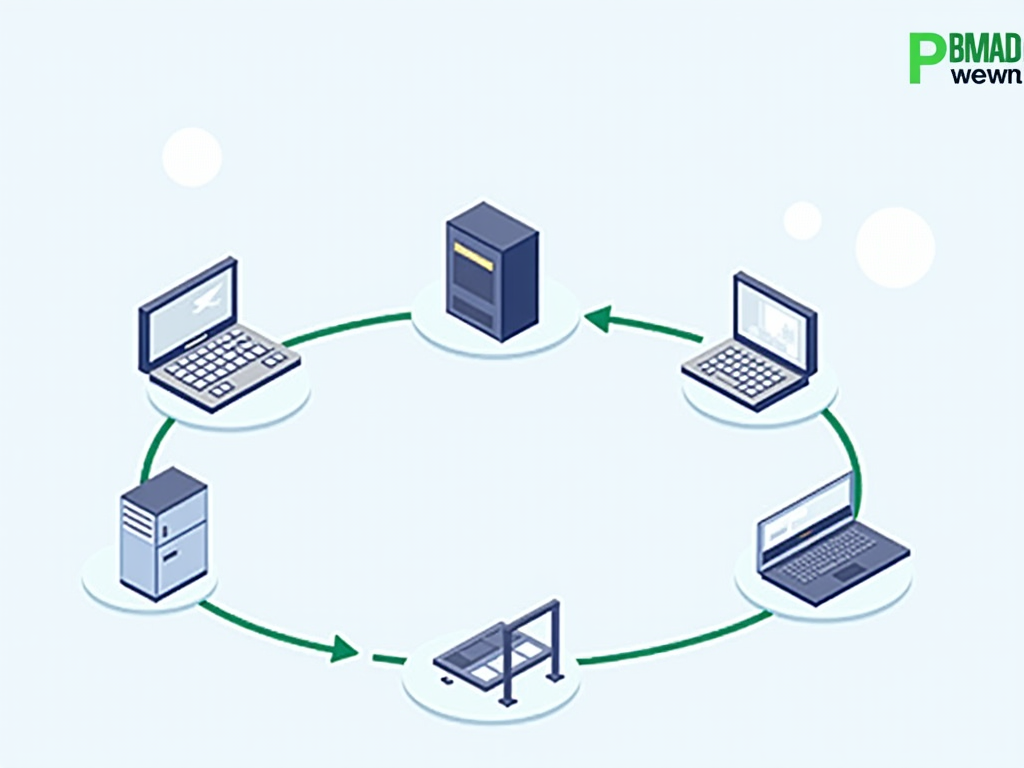Understanding the Importance of Secure Network Design in Businesses
As businesses continue to rely on technology to operate efficiently and effectively, it’s essential to prioritize network security. A secure network design is crucial for protecting sensitive data, preventing cyber attacks, and ensuring the continuity of business operations.
Why Secure Network Design Matters
A secure network design is vital because it ensures that your network is protected from various types of threats, including:
- Unauthorized access: A secure network design prevents unauthorized users from accessing your network, reducing the risk of data breaches.
- Data theft: With a secure network design, you can ensure that sensitive data is properly encrypted and stored, making it difficult for attackers to steal or tamper with it.
- Malware attacks: A secure network design includes measures to prevent malware from infecting your devices and compromising your network.
The Consequences of an Unsecured Network
If your business has an unsecured network, you may face:
- Data breaches: Sensitive data can be stolen or compromised, leading to financial losses and damage to your reputation.
- System downtime: Cyber attacks can cause system downtime, disrupting your business operations and impacting customer relationships.
- Compliance issues: Failing to meet regulatory requirements for network security can result in fines and legal action.
Key Components of a Secure Network Design
A secure network design should include the following key components:
- Firewall configuration: A firewall is the first line of defense against cyber threats. Configure your firewall to allow only necessary traffic into and out of your network.
- Intrusion Detection System (IDS): An IDS detects and alerts you to potential security breaches, allowing you to take swift action.
- Network segmentation: Segmenting your network into isolated zones limits the spread of malware and unauthorized access.
- Encryption: Encrypt sensitive data both in transit and at rest to prevent interception or theft.
- Regular software updates: Keep your operating systems, applications, and firmware up-to-date with the latest security patches.
Benefits of a Secure Network Design
By implementing a secure network design, you can:
- Reduce the risk of cyber attacks: A secure network design reduces the likelihood of successful attacks.
- Protect sensitive data: Encryption and proper storage ensure that your sensitive data is safe from unauthorized access or theft.
- Meet compliance requirements: A secure network design helps you meet regulatory requirements for network security.
- Ensure business continuity: With a secure network, you can minimize downtime and maintain business operations.
Implementing a Secure Network Design
To implement a secure network design, follow these steps:
- Conduct a network assessment: Identify your network’s vulnerabilities and areas for improvement.
- Develop a network security plan: Create a plan outlining your network security goals, strategies, and measures to achieve them.
- Configure your firewall and IDS: Set up your firewall and IDS to detect and prevent potential security breaches.
- Implement network segmentation: Segment your network into isolated zones to limit the spread of malware and unauthorized access.
- Encrypt sensitive data: Use encryption to protect sensitive data both in transit and at rest.
Conclusion
A secure network design is essential for businesses looking to protect their sensitive data, prevent cyber attacks, and ensure business continuity. By implementing a secure network design, you can reduce the risk of cyber attacks, protect sensitive data, meet compliance requirements, and maintain business operations. Prioritize network security today and safeguard your business’s future.
Sources:
- National Institute of Standards and Technology (NIST) – Guidelines for Managing and Securing Federally-Owned Information Systems
- SANS Institute – Secure Network Design Best Practices
- Cybersecurity and Infrastructure Security Agency (CISA) – Network Security Guidance



